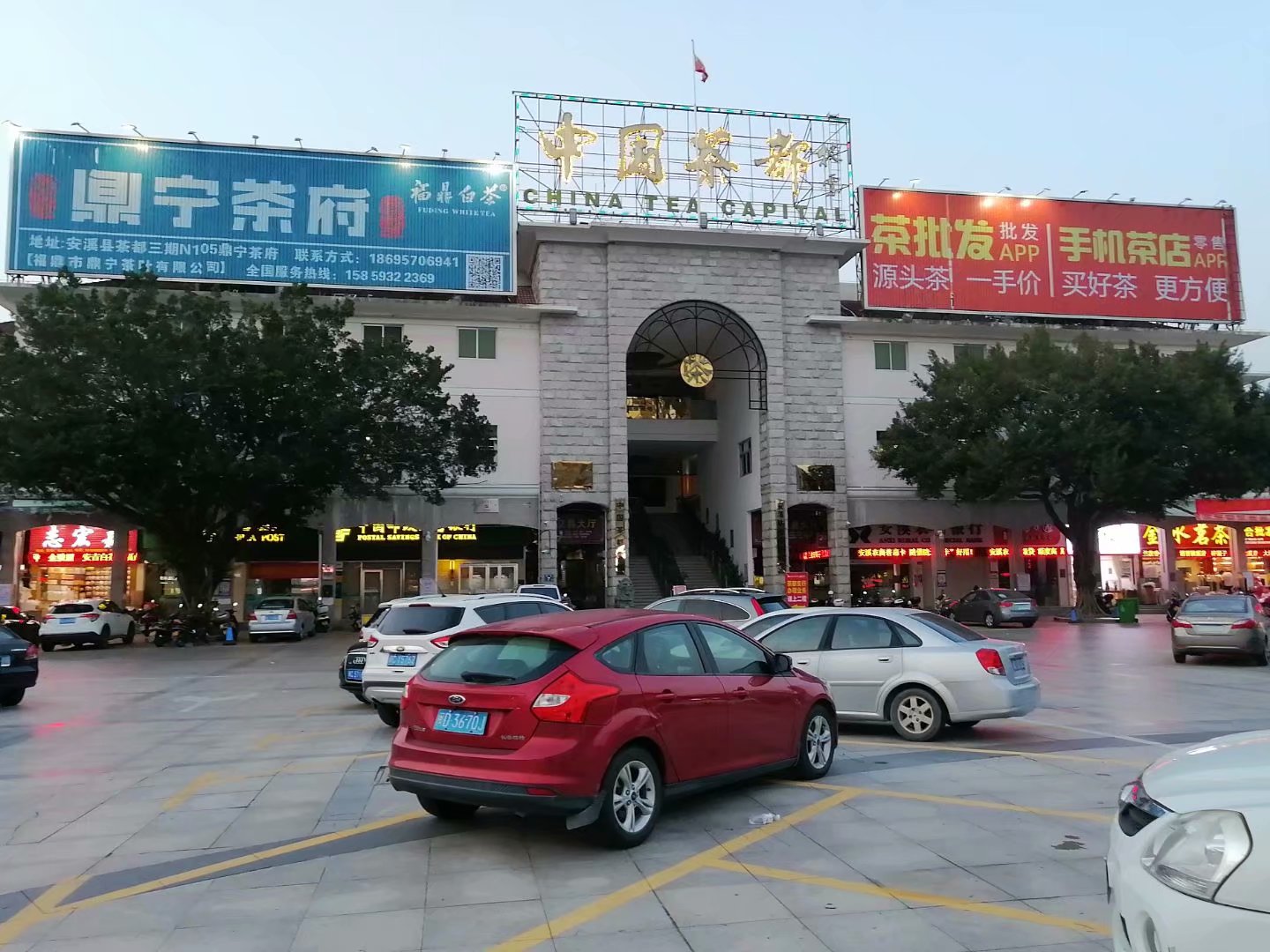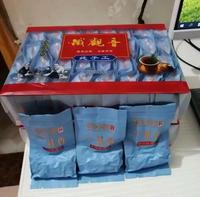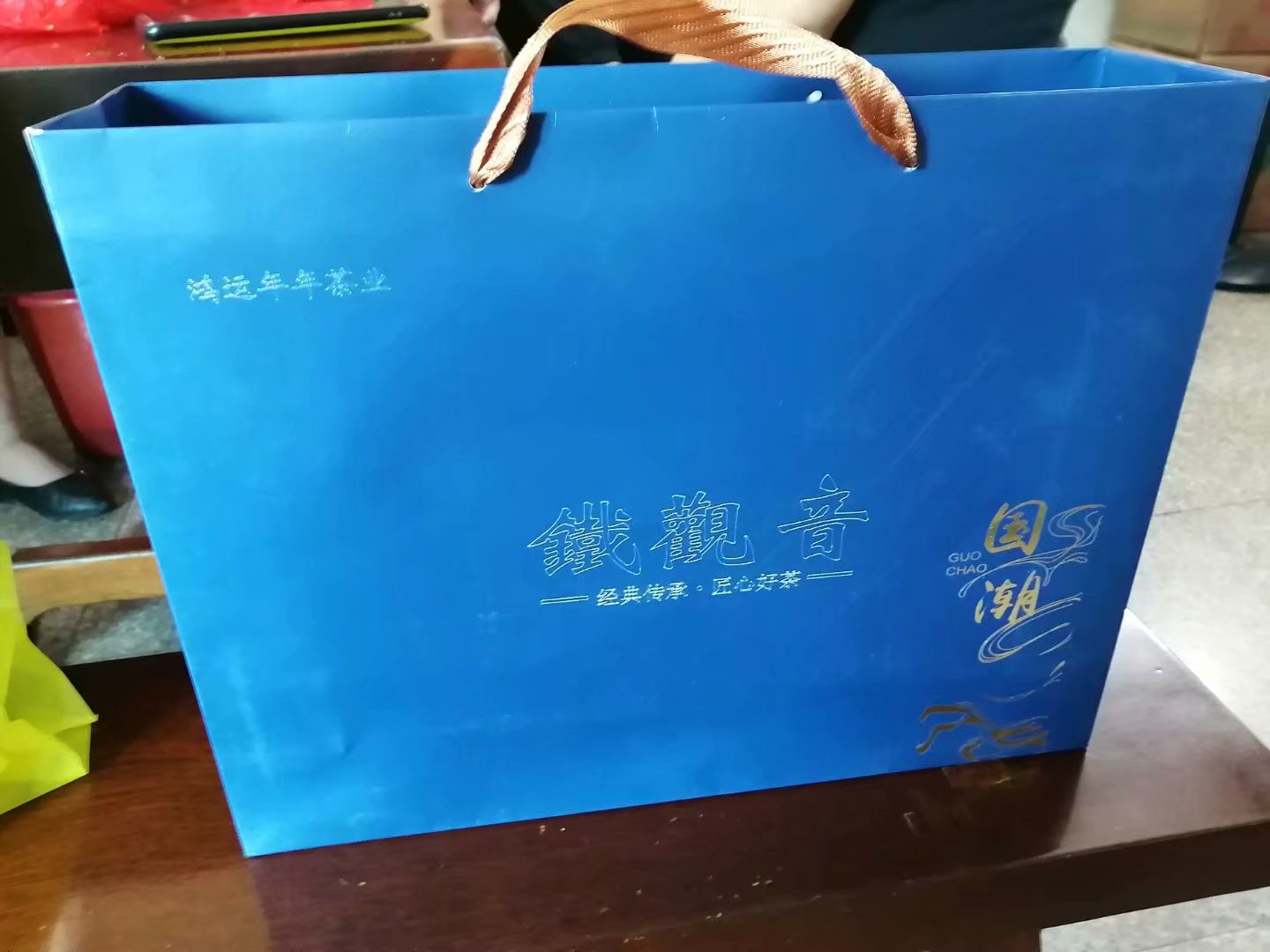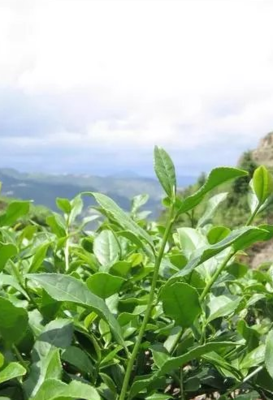|
|
普洱熟茶等级划分标准
3
Issuing time:2022-02-16 21:23 云南大叶种鲜叶按照采摘标准,分为特级、一至十级共十一个等级,不同级别鲜叶芽叶比例是不一样的: 特级,一芽一叶占70%以上,一芽二叶占30%以下; 一级,一芽二叶占70%以上,同等嫩度其它芽叶占30%以下; 二级,一芽二、三叶占60%以上,同等嫩度其它芽叶占40%以下; 三级,一芽二、三叶占50%以上,同等嫩度其它芽叶占50%以下; 四级,一芽三、四叶占70%以上,同等嫩度其它芽叶占30%以下; 五级,一芽三、四叶占50%以上,同等嫩度其它芽叶占50%以下。 一般将1、3、5、7、9等单数等级原料用来制作熟茶,2、4、6、8、10等双数等级原料用来制作生茶。 因此普洱茶(熟茶)散茶分为六个级别:特级、一级、三级、五级、七级、九级。市面上常见的宫廷普洱(俗称)属于特级,并不是一个单独的等级。区分就从嫩度来区分,一般而言,高档普洱茶(散茶)以一芽二叶为主,中档茶则以一芽二三叶及其一芽三四叶为主。 According to the picking standards, the fresh leaves of Yunnan large-leaf species are divided into eleven grades: special grade, grade 1 to grade 10, and the proportion of fresh leaves, buds and leaves of different grades is different: Special grade, one bud and one leaf account for more than 70%, and one bud and two leaves account for less than 30%; Grade 1, one bud and two leaves account for more than 70%, and other buds and leaves account for less than 30% of the same tenderness; Grade II, one bud, two and three leaves account for more than 60%, and other buds and leaves account for less than 40% of the same tenderness; Grade 3, one bud, two and three leaves account for more than 50%, and other bud leaves of the same tenderness account for less than 50%; Grade 4, one bud with three or four leaves accounts for more than 70%, and other buds and leaves account for less than 30% of the same tenderness; Grade 5, one bud, three and four leaves account for more than 50%, and other bud leaves account for less than 50% of the same tenderness. Generally, odd-numbered raw materials such as 1, 3, 5, 7, and 9 are used to make cooked tea, and even-numbered raw materials such as 2, 4, 6, 8, and 10 are used to make raw tea. Therefore, Pu-erh tea (cooked tea) loose tea is divided into six grades: special grade, grade one, grade three, grade five, grade seven, grade nine. The common court Pu'er (commonly known as) on the market belongs to the special grade, not a separate grade. The distinction is based on tenderness. Generally speaking, high-grade Pu-erh tea (loose tea) is mainly composed of one bud and two leaves, while mid-range tea is mainly composed of one bud, two three leaves and one bud, three and four leaves. |









